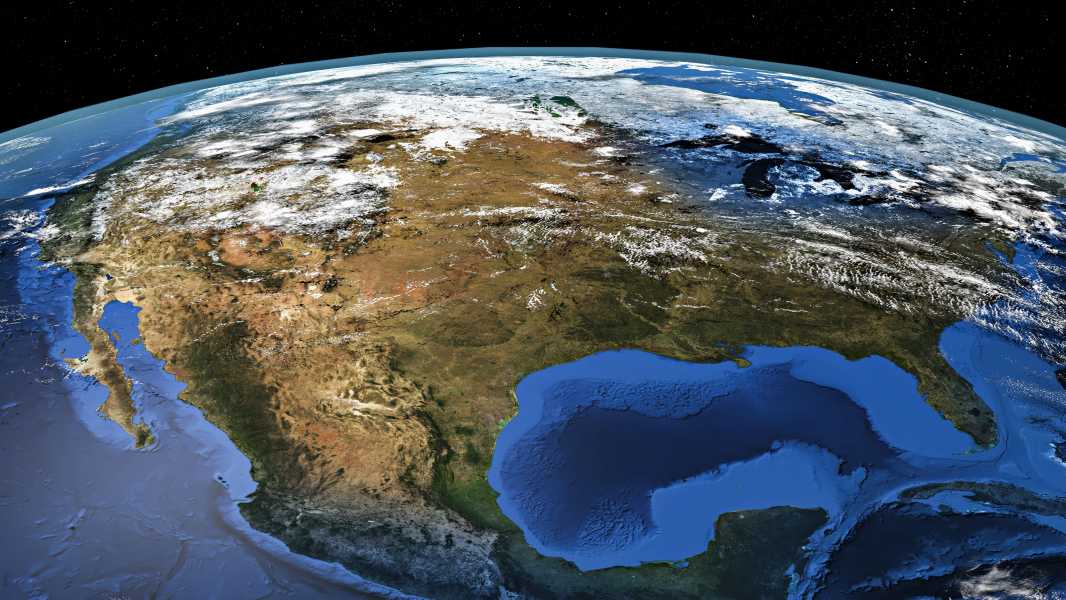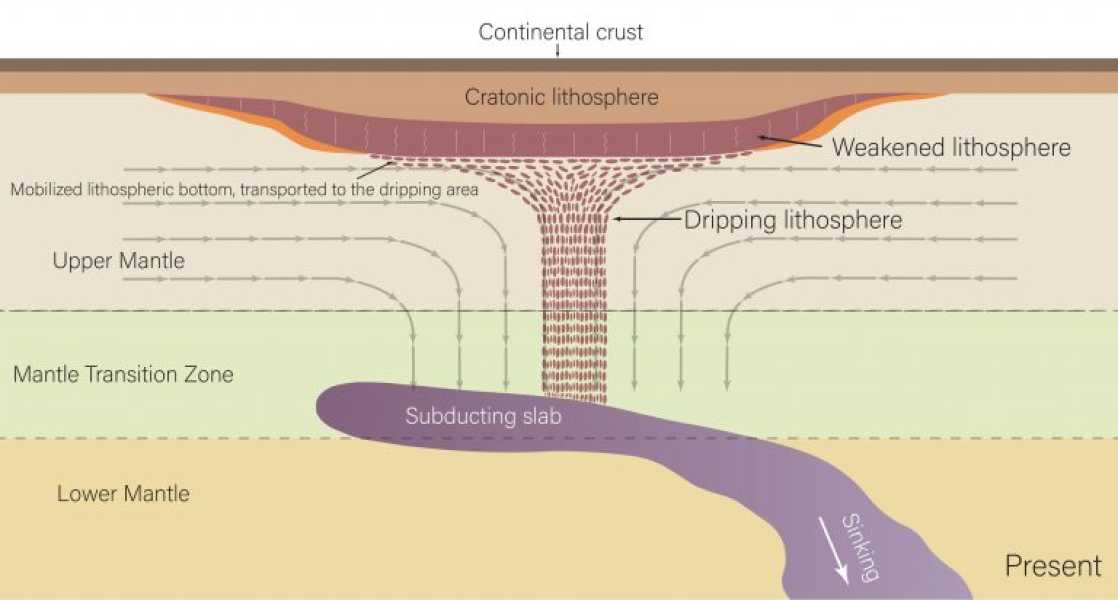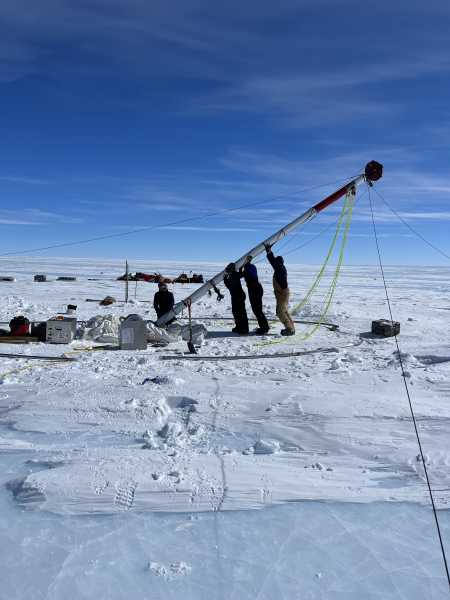
The bottom of North America may be 'leaking' down into the mantle. (Photo credit: Timothy Hodgkinson via Alamy)
Scientists say an ancient plate of crust deep beneath the Midwest is pulling significant amounts of modern North American crust into the mantle.
The gravitational pull of that plate has created huge “blobs” that hang from the underside of the continent to a depth of about 400 miles (640 kilometers) in the mantle, according to a new study. The blobs are located beneath a zone that stretches from Michigan to Nebraska to Alabama, but their influence appears to be felt across the continent.
The drip zone appears to be a large funnel into which rocks from all over North America are drawn horizontally before being sucked downwards. As a result, vast swaths of North America are losing material from the underside of their crust, the researchers say.
“A very broad range is experiencing some thinning,” lead study author Junlin Hua, a geologist who conducted the research while a postdoctoral fellow at the University of Texas (UT) at Austin, said in a statement. “Fortunately, we also have a new idea of what’s driving this thinning,” added Hua, now a professor at the University of Science and Technology of China.
Scientists have determined that the droplets are formed by a force pulling down on a piece of oceanic crust that broke away from an ancient tectonic plate known as the Farallon Plate.
The Farallon Plate and the North American Plate once formed a subduction zone along the western coast of the continent, where the former slid beneath the latter, recycling its material into the mantle. The Farallon Plate split apart about 20 million years ago due to the movement of the Pacific Plate, and the remnant plates that were subducted beneath the North American Plate have been slowly drifting.
One of those plates now spans the boundary between the mantle transition zone and the lower mantle about 410 miles (660 kilometers) beneath the Midwest. Called the Farallon Plate and first discovered in the 1990s, this piece of oceanic crust is responsible for a process known as “cratonic thinning,” according to a new study published March 28 in the journal Nature Geoscience.

A diagram showing how the Earth's crust and upper mantle (collectively called the lithosphere) can leak into the mantle from behind the Fara Plate.
Sourse: www.livescience.com





